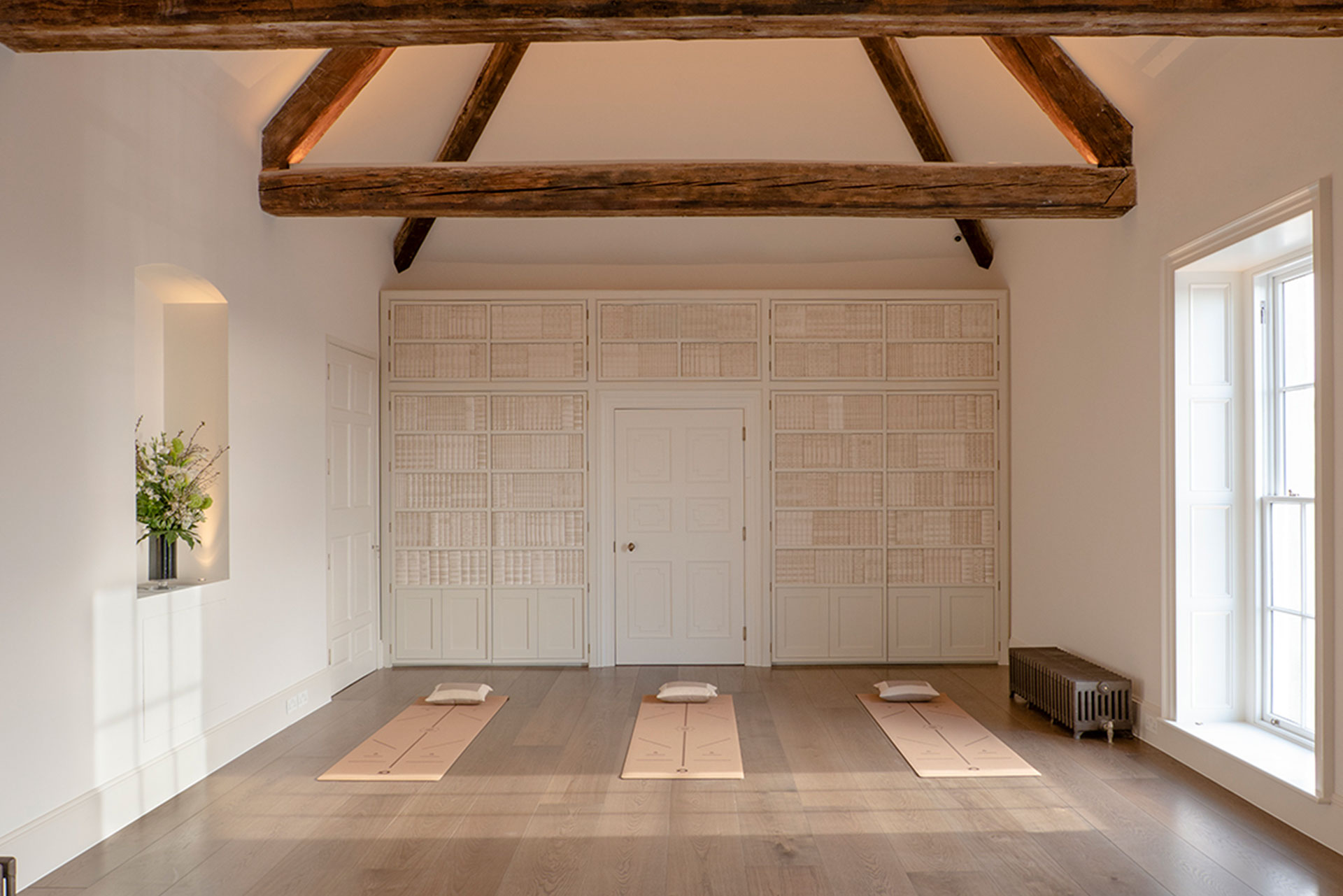Improving running form can be a confusing process. It is a challenge to identify what specific improvements you should be making since running movements occur in fractions of a second, however Chartered Physiotherapists specifically trained in running analysis can detect global imbalances and key movement inefficiencies which are a factor in improving personal bests and reducing injuries.
There has always been a lot of discussion about footwear..The accepted theory is that running in minimalist footwear decreases the impact forces on your legs because the lack of cushioning encourages you land on your forefoot. This is true, but if you wear minimalist shoes and you don’t land on your forefoot when you think you are, vertical loading rates can be up to 37% higher than heel striking in traditional shoes and 50% higher than forefoot striking in minimalist shoes. It doesn’t take a degree to realise that increasing your ground impact with each step by 50% can lead to some serious injuries.
So, how can you determine if you’re running with the correct form during the middle of a run when no one is around and observing or video recording you?
Try counting your stride rate. Research has shown that stride rate helps runners land with their foot positioned properly beneath them, as opposed to way out in front of your torso, which promotes forefoot striking and reduces loading rates (thus potential injuries).

Stride rate? What is it?
The number of steps you take per minute. Stride rate is also be called your running frequency/cadence. Simply count how many times your right foot hits the ground while running, and then multiply by two. This number is your stride rate per minute.
Is this important?
YES. Controlling your stride rate can improve your form. By controlling your cadence, foot strike rate you increase your chances of striking the ground at the correct position and angle, the rest will follow.
How does it help minimise risk of injury?
One of the main causes of overuse running injuries is poor shock absorption. With the proper stride rate, you take lighter, quicker steps and reduce your chance of injury.
What is the optimal stride rate?
170 – 190 steps per minute. That is 85-95 steps per minute with each foot. Your stride rate should not change much when you run faster or slower. Your stride rate remains relatively the same at average speeds (very slow jogs or 100m sprints are exceptions). To run faster or slower, change your stride length (a function of how forcefully you push off each foot) to speed up or slow down.
Legendary distance running coach, Jack Daniels, who is known for his scientific, yet simple approach to training, analysed the stride rates of several elite athletes including all participants in the 1984 Olympics from the 800-meters up to the marathon. He determined that most elite athletes regardless of their age, gender or the speed at which they are traveling, take about 180 total steps per minute or 90 steps per foot.
Like any curious athlete and physiotherapist I needed proof, I put my shoes on to test it out. A couple miles in I started counting my strides for one full minute. Sure enough, 175. After several more trials I averaged 180 per minute time and time again. In relation to speeding up or slowing down, Jack discovered was that the main game changer when an athlete increases their speed is their stride length, not their stride rate. Again tried and tested, pushing off the ground with a little more force sped me up but did not change my stride rate, therefore my stride length increased.
Improve your stride rate
On an easy run day focus on approximately 180 steps per minute. Its impossible (and boring) to count all the time, but every mile or so try it out!
What if you’re way out?
Imagine you’re running on a road made of eggshells and you don’t want to break them. Picture yourself floating over the ground quickly, with light, purposeful steps. Focus on running over the ground, not into it. Or maybe use you’re music to help you, beats per minute! Stay close to the 180 range and you’ll be on your way to improved running form before you know it.
For more info get in touch with Orla Crosse at Sports and Spinal Physiotherapy Clonmel, 0526156012.



